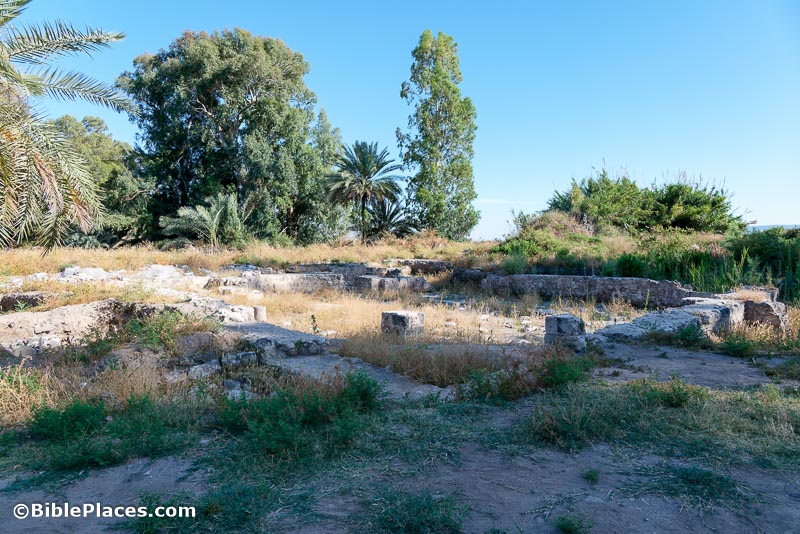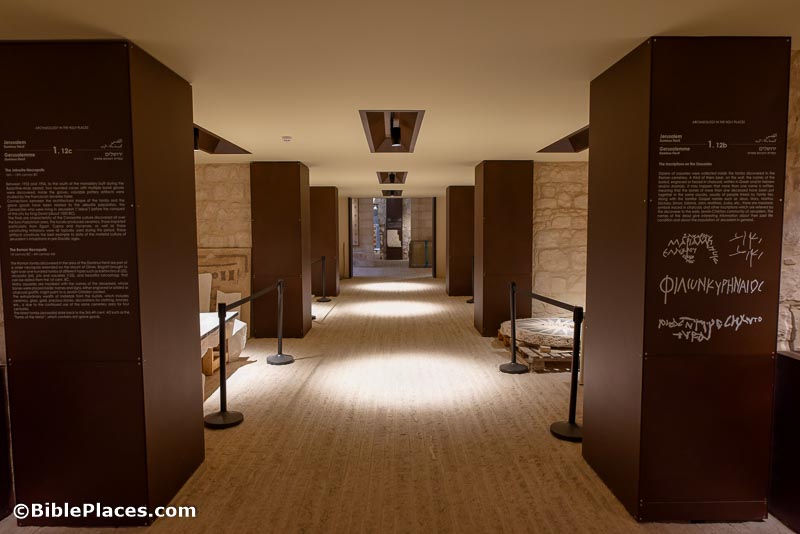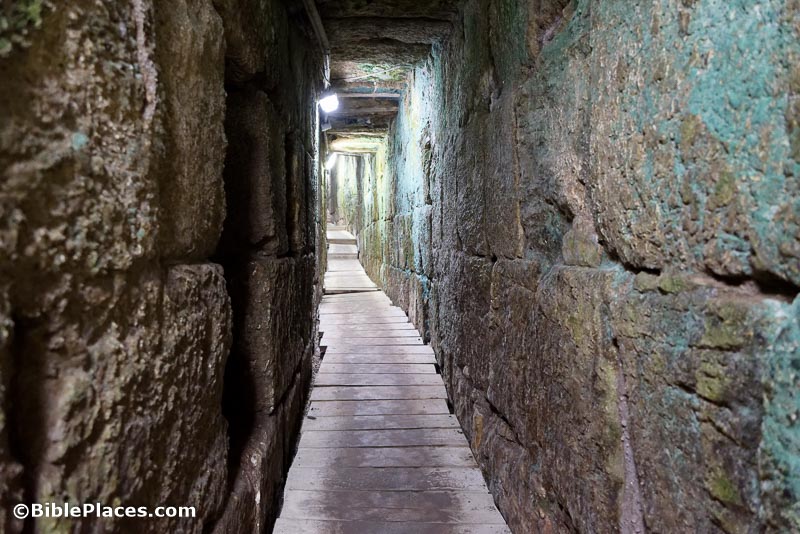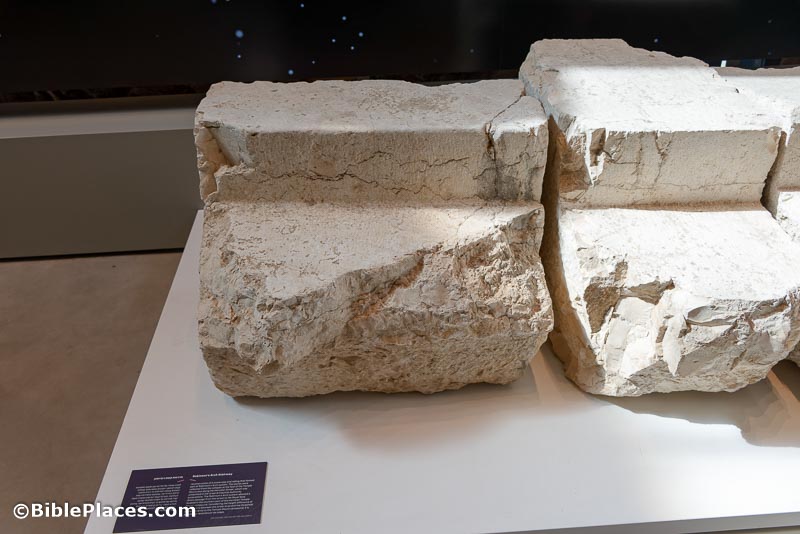If you want the non-Indiana-Jones explanation of the Antikythera Mechanism, check out NASA’s recent Astronomy Picture of the Day.
“For the first time, scientists have recently obtained genetic material and analyzed genome sequences from the ancient Minoans and Mycenaeans.”
Bleda Düring explains why the Assyrian empire was more resilient than those of the Hittites and Egyptians.
The size of the illegal antiquities market is much smaller than usually claimed.
Ruth Schuster considers how archaeological technology has changed how we see ourselves.
“The East Garage Necropolis Area, which was once a public market in the southern province of Antalya [in Turkey] and where archaeological excavations started after the discovery of rock tombs, has been opened as a museum.”
Leon Mauldin has just returned from a trip to Malta and shares a few photos of St. Paul’s Bay.
Andy Cook has just released “Discovering the Bible inside your Bible.” This is a 10-week Bible study of the Gospel of John that is filled with full-color photos. The study includes videos to go with each week’s study. This resource could be used individually or with a small-group Bible study. Only $20.
There will be no roundup next weekend.
HT: Agade, Arne Halbakken, Alexander Schick, Explorator
A visit to el-Araj, possible site of Bethsaida, is most impressive with regard to seeing just how close this ancient fishing village was to the Sea of Galilee. The water almost touches the site itself (immediately behind the tree in the center of the photo).



